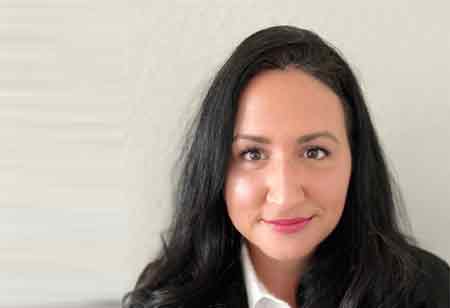

Thank you for Subscribing to Insurance Business Review Weekly Brief

You have submitted a new claim to your insurance carrier and they advise they are beginning an investigation. Your first thoughts-why an investigation? What is there to investigate in the claim? There are several reasons why a claim investigation is not only a procedural requirement but entirely necessary. The initial claim investigation will allow the carrier to do the following:
- Check the legitimacy of a loss in order to avoid fraudulent claims. This not only protects the insurance carrier but you as a policyholder from other individuals reporting illegitimate losses to your policy. - Keep premiums in check-quite simply, mitigation of fraudulent claims helps you. Insurance fraud impacts consumers by increasing premiums and the costs of goods and services. Insurance companies have to bear the weight of fraudulent claims costs, and it takes a great deal of money to fight fraud. Thus, resulting in higher premiums for us all. “It’s no secret in the industry that each claim is unique and complex in nature and therefore may require a different investigative approach.” - Determine if there is coverage under the terms of a policy to cover the loss. - Establish liability, amount of exposure, and any potential subrogation opportunities. Whether you live in a state that honors comparative negligence or contributory negligence, a claims investigator will determine whether you are liable for the loss at hand or have rights to pursue another party and/or organization for reimbursement of incurred claim expenses. Often times, this can include your deductible! Now that we understand the why’s behind an initial claim investigation, let’s dive into what insurance companies actually do during the investigation. It’s no secret in the industry that each claim is unique and complex in nature and therefore may require a different investigative approach. Is this a single vehicle automobile loss or does this involve multiple vehicles and drivers? Are they facing a general liability claim with exposure to an organization for an occurrence that took place on/off premises resulting in injuries to a third party? Does this qualify as a claim and/or occurrence under the terms of the policy(s) and is there sufficient coverage? In order for these questions to be answered, the claims investigator will first look to the policy to see what coverages are available. They will then begin looking into the facts of loss by contacting any and all parties involved and obtaining an official statement. The statement may or may not be recorded depending on a carrier’s internal claims policies. Once statements have been obtained, the claims investigator may also do the following: - Inspect the location of the loss and the damage in question - Obtain estimates and photos - Obtain witness statements - Consult with experts and law enforcement - Gather medical bills &records if the loss involves an injury - Obtain legal documents and assign counsel if said claim is in litigation The points mentioned above are often crucial in any claims investigation. The investigator will use the data collected (the facts and findings of the case) to assist them in determining the next steps. Ultimately, creating the best plan for resolution and settlement of the claim that will protect the interest of the company and policyholder.I agree We use cookies on this website to enhance your user experience. By clicking any link on this page you are giving your consent for us to set cookies. More info